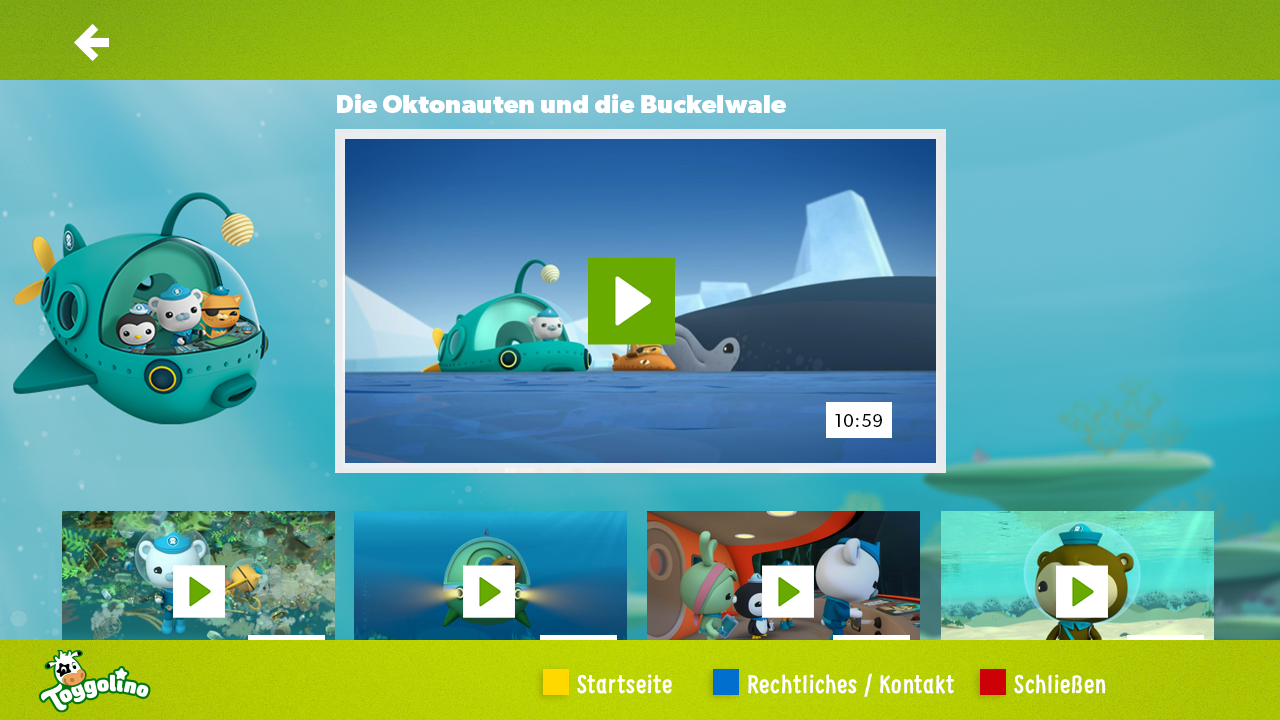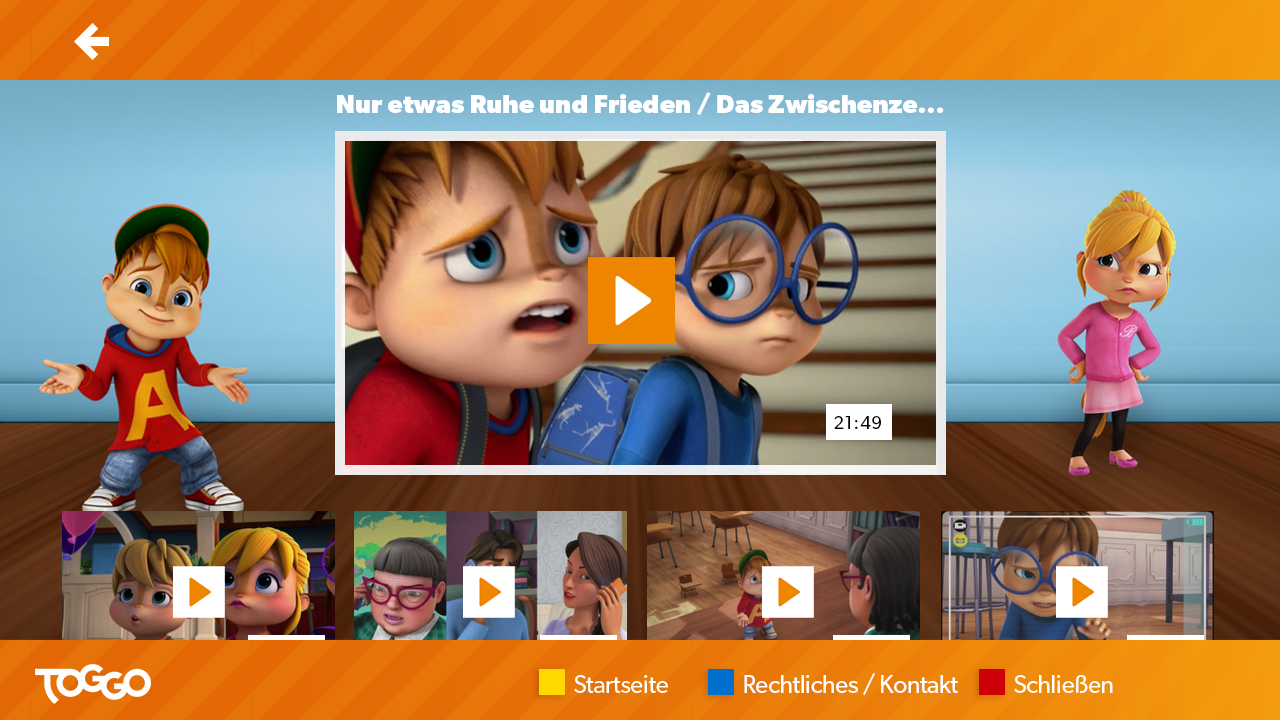Tobias Fröhlich, Managing Director of TeraVolt, explains why "Datatainment" is the future of sports broadcasting on linear television and why broadcasters and platforms should keep an eye on this new type of television.
Just as dinosaurs ruled our planet millions of years ago, linear television has dominated the world of moving images for decades. However, a new species has long challenged its supremacy: digital streaming platforms, which offer their viewers content on demand at any time of day and personalized viewing recommendations. So, is linear television moribund, and will it die out like dinosaurs once did?
One thing is certain: the more people digitize, the less patience they have to wait for relevant content or actively search for it. At the same time, the amount of information, affirmations, and stimuli increases. Linear television must therefore continue to evolve in order to remain attractive to the digital generation. An important step in this direction is "Hybrid Broadcast Broadband TV" (HbbTV), i.e., the mixing of linear television and online content. Examples include the BBC, France Télévision and ZDF.
But in times when almost every user leaves a digital footprint, this is no longer enough. Instead, content needs to be personalized and tailored to the audience. So that they can get exactly the sort of content they want, based on their data and viewing habits: "Datatainment" instead of entertainment.
This is exactly what TeraVolt wants to achieve. From our point of view, sports events are predestined for this new kind of TV entertainment. Whether the World Cup, Olympic Games, or Super Bowl – sport is a spectacle. Such sporting events spark enthusiasm. But they often also lead to over-stimulation. So much happens simultaneously, and just one millisecond can be decisive. The number of live broadcasts of sporting events is a real overload. Almost everything can be watched live on various platforms. For each sport there, is a stream, a TV format, or a live ticker. Some viewers can be overwhelmed by this. They need orientation, filtering according to personal relevance, and guidance: They want to follow their favorite athletes in their preferred sport and at best get additional information and statistics – and all that at best without being active themselves. In case of doubt, a video alert can be used to draw attention to a decisive scene, and a personal highlight ticker can then be used to quickly capture what has happened so far.
This is precisely the idea we are pursuing. We are currently developing a TV app that will offer TV viewers the "datatainment" described above at the 2020 Olympic Games in Tokyo. It will be available for HbbTV, Metrological, and AndroidTV, as well as for mobile clients. The nationality of the viewer or his or her preferences for sports will then have a decisive influence on which program recommendations he or she receives and on which athletes the focus lies.
A cycling fan from Sweden, for example, doesn't just see a cycling race. Instead, the focus is on the Swedish cyclist Jenny Rissveds. A fold-out live ticker provides precise details about the course of the race to date. And if another competition of relevance to him starts at the same time, not only a reminder draws his attention to it, but the viewer can also switch on a second livestream via a picture-in-picture function. For instance, another Swede is fighting for silver in a clay pigeon shooting. The viewer switches to the decision and can very quickly see the two to three most important attempts of the opponents so far to understand what must be achieved now. Cycling always remains in view.
The spectator can get into the sport so much deeper than it has been possible so far. The TV screen transforms into a kind of XXL smartphone. All data, statistics, and intermediate results in other competitions also be called up on the live screen. The information the user up until now used to access on the smartphone as a second screen can then be seen bundled on one and the same screen. All the disadvantages that make linear television inflexible and obsolete for the viewer can thus be eliminated.
This creates a win-win situation. The viewer gets the content that interests him, including highlights, statistics, and personalized program suggestions, and the channel can thus keep its viewers happy and loyal. In order to harness this effect, large broadcasters and platforms must drive the development of linear television away from pure entertainment towards "Datatainment".
The dinosaur among the audiovisual media can very well escape the natural selection of the market and, therewith, its extinction. It only has to adapt continuously to changing conditions. To conclude with a quote from the British naturalist Charles Darwin: "Natural selection ensures that the strongest or the best able to adapt always survive."
We can help the established players to make the necessary adjustments.
 The integration of US content into these media libraries has so far often failed because of the required DRM protection ("Digital Rights Management") for this content, a digital copy protection system with which content from overseas in particular is encrypted. The broadcasters were therefore faced with a dilemma: either they invest in a service provider who would design an HbbTV app tailored to DRM for them, or they do without this specially protected content.
The integration of US content into these media libraries has so far often failed because of the required DRM protection ("Digital Rights Management") for this content, a digital copy protection system with which content from overseas in particular is encrypted. The broadcasters were therefore faced with a dilemma: either they invest in a service provider who would design an HbbTV app tailored to DRM for them, or they do without this specially protected content.




